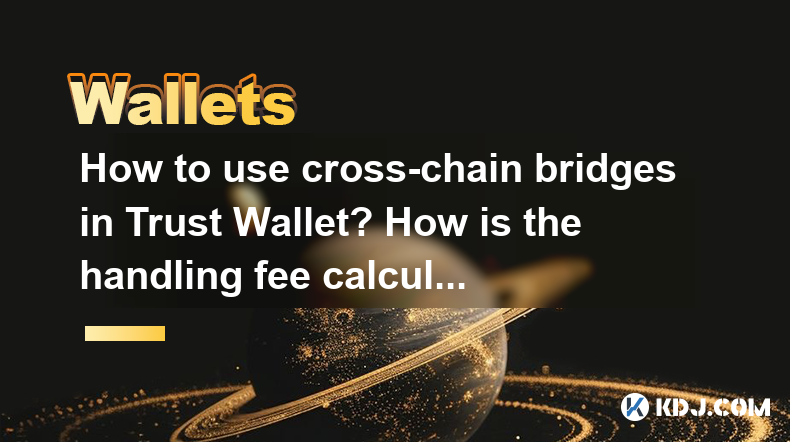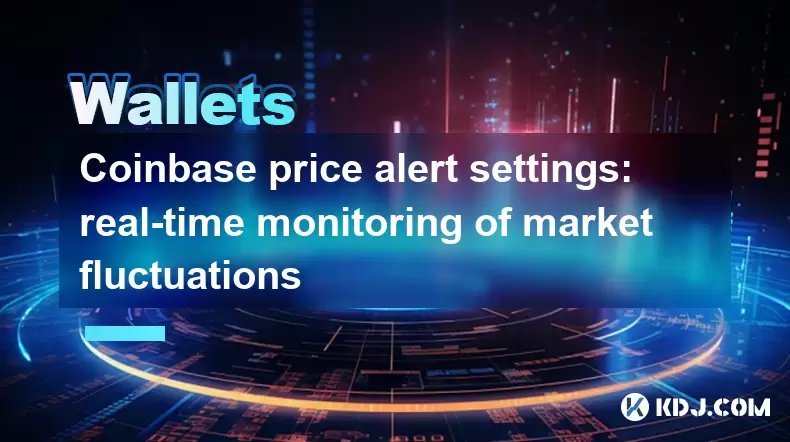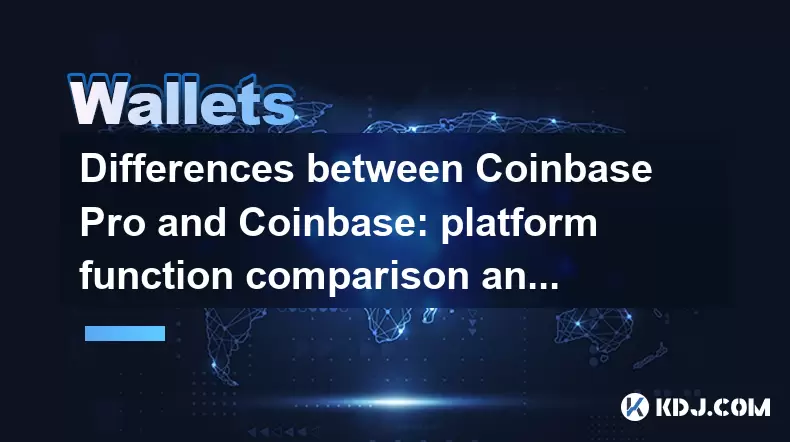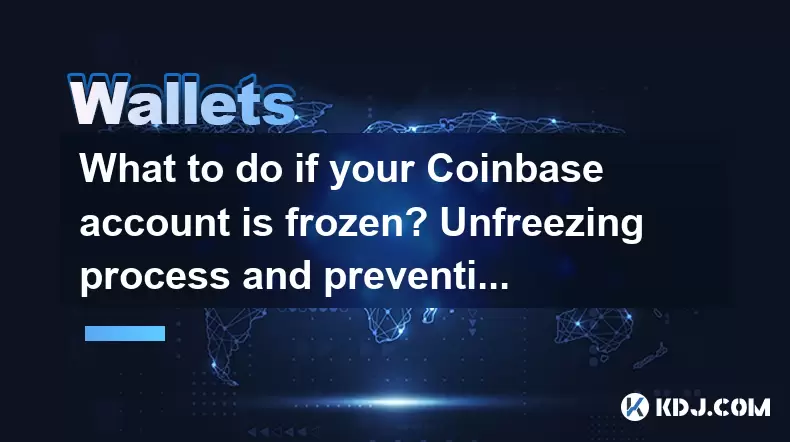-
 Bitcoin
Bitcoin $108,489.6704
1.13% -
 Ethereum
Ethereum $2,502.0528
2.92% -
 Tether USDt
Tether USDt $1.0002
0.00% -
 XRP
XRP $2.1941
0.51% -
 BNB
BNB $655.3375
1.00% -
 Solana
Solana $151.5977
1.27% -
 USDC
USDC $0.9999
0.00% -
 TRON
TRON $0.2768
0.32% -
 Dogecoin
Dogecoin $0.1676
2.86% -
 Cardano
Cardano $0.5675
0.98% -
 Hyperliquid
Hyperliquid $40.6109
7.48% -
 Bitcoin Cash
Bitcoin Cash $500.7746
2.09% -
 Sui
Sui $2.8328
2.03% -
 Chainlink
Chainlink $13.4452
1.26% -
 UNUS SED LEO
UNUS SED LEO $9.1623
0.39% -
 Avalanche
Avalanche $18.2267
2.24% -
 Stellar
Stellar $0.2382
0.00% -
 Toncoin
Toncoin $2.8885
1.68% -
 Shiba Inu
Shiba Inu $0.0...01159
0.91% -
 Litecoin
Litecoin $87.1827
0.88% -
 Hedera
Hedera $0.1511
2.90% -
 Monero
Monero $315.4992
-0.59% -
 Polkadot
Polkadot $3.4663
2.34% -
 Bitget Token
Bitget Token $4.6118
-0.65% -
 Dai
Dai $1.0000
-0.01% -
 Ethena USDe
Ethena USDe $1.0003
0.02% -
 Uniswap
Uniswap $7.2989
4.69% -
 Pepe
Pepe $0.0...01003
5.73% -
 Aave
Aave $275.5616
7.15% -
 Pi
Pi $0.5181
-2.49%
How to use cross-chain bridges in Trust Wallet? How is the handling fee calculated?
Trust Wallet's cross-chain bridges enable seamless asset transfers between blockchains like Ethereum and BSC, with handling fees based on network and bridge costs.
May 07, 2025 at 02:36 am

Using cross-chain bridges in Trust Wallet allows you to transfer assets between different blockchain networks seamlessly. This process can be crucial for users who want to leverage the benefits of various blockchains, such as Ethereum, Binance Smart Chain, and others. In this article, we will guide you through the steps to use cross-chain bridges in Trust Wallet and explain how the handling fees are calculated.
Understanding Cross-Chain Bridges
Cross-chain bridges are protocols that enable the transfer of assets from one blockchain to another. They play a vital role in the interoperability of different blockchain networks, allowing users to move their tokens across ecosystems without the need for centralized exchanges. Trust Wallet supports several cross-chain bridges, making it easier for users to manage their assets across multiple chains.
Preparing to Use Cross-Chain Bridges in Trust Wallet
Before you start using cross-chain bridges in Trust Wallet, ensure that you have the following:
- Trust Wallet app installed on your mobile device.
- Sufficient balance of the asset you want to transfer.
- Network connection to interact with the blockchain.
Steps to Use Cross-Chain Bridges in Trust Wallet
To use cross-chain bridges in Trust Wallet, follow these detailed steps:
- Open Trust Wallet: Launch the Trust Wallet app on your mobile device.
- Select the Asset: Navigate to the wallet section and select the asset you wish to transfer.
- Initiate Transfer: Tap on the "Send" button next to the asset.
- Choose the Destination Network: You will see an option to select the destination network. Choose the blockchain to which you want to transfer your asset.
- Enter the Recipient Address: Input the recipient's address on the destination network. Ensure that the address is correct to avoid losing your funds.
- Specify the Amount: Enter the amount of the asset you want to transfer. Make sure you leave enough balance to cover the transaction fees.
- Review and Confirm: Review the transaction details, including the destination network, recipient address, and amount. Confirm the transaction.
- Authorize the Transaction: You may need to authorize the transaction using your wallet's security features, such as a PIN or biometric authentication.
- Wait for Confirmation: The transaction will be processed, and you will need to wait for the blockchain to confirm it. This can take a few minutes to an hour, depending on the network's congestion.
Handling Fees in Cross-Chain Bridges
Handling fees are essential for facilitating cross-chain transfers. These fees are typically composed of two parts: the network fee and the bridge fee.
- Network Fee: This is the fee charged by the source and destination blockchains for processing the transaction. The network fee varies depending on the congestion of the network and the type of asset being transferred.
- Bridge Fee: This is the fee charged by the cross-chain bridge service for facilitating the transfer. The bridge fee can be a fixed amount or a percentage of the transferred amount, depending on the bridge protocol.
Calculating Handling Fees
To calculate the handling fees for a cross-chain transfer in Trust Wallet, you need to consider both the network fee and the bridge fee. Here's how you can estimate these fees:
- Network Fee: Check the current gas prices on the source and destination networks. You can use blockchain explorers or gas price trackers to get an estimate. For example, if you are transferring from Ethereum to Binance Smart Chain, you will need to check the gas prices on both networks.
- Bridge Fee: The bridge fee is usually displayed by the bridge service before you confirm the transaction. This fee can be a fixed amount, such as 0.1 BNB, or a percentage of the transferred amount, such as 0.1%.
To get the total handling fee, add the network fee and the bridge fee. For example, if the network fee is 0.001 ETH and the bridge fee is 0.1 BNB, the total handling fee would be 0.001 ETH + 0.1 BNB.
Common Issues and Troubleshooting
When using cross-chain bridges in Trust Wallet, you may encounter some common issues. Here are a few tips for troubleshooting:
- Transaction Stuck: If your transaction is stuck, check the network congestion and gas prices. You may need to increase the gas price to expedite the transaction.
- Incorrect Recipient Address: Always double-check the recipient address before confirming the transaction. If you send funds to the wrong address, they may be lost forever.
- Insufficient Balance: Ensure that you have enough balance to cover both the transferred amount and the handling fees. If your balance is insufficient, the transaction will fail.
Frequently Asked Questions
Q: Can I use cross-chain bridges to transfer any type of asset in Trust Wallet?
A: Not all assets are supported by cross-chain bridges. The availability of cross-chain transfers depends on the bridge protocol and the specific asset. Always check the supported assets before initiating a transfer.
Q: How long does it take for a cross-chain transfer to complete in Trust Wallet?
A: The duration of a cross-chain transfer can vary depending on the congestion of the source and destination networks. Typically, it can take anywhere from a few minutes to an hour.
Q: Are there any risks associated with using cross-chain bridges in Trust Wallet?
A: Yes, there are risks involved, such as smart contract vulnerabilities and potential delays in transaction processing. Always use reputable bridge services and double-check all transaction details to minimize these risks.
Q: Can I cancel a cross-chain transfer after it has been initiated in Trust Wallet?
A: Once a cross-chain transfer is initiated, it cannot be canceled. Ensure that all details are correct before confirming the transaction.
Disclaimer:info@kdj.com
The information provided is not trading advice. kdj.com does not assume any responsibility for any investments made based on the information provided in this article. Cryptocurrencies are highly volatile and it is highly recommended that you invest with caution after thorough research!
If you believe that the content used on this website infringes your copyright, please contact us immediately (info@kdj.com) and we will delete it promptly.
- Wintermute, Bitcoin Lending, and Cantor Fitzgerald: A New Chapter?
- 2025-06-30 16:30:12
- Polkadot: From Ethereum Killer to Ghost Chain? The Crypto Fading Phenomenon
- 2025-06-30 16:50:12
- Bitget Lists NodeOps (NODE) for Spot Trading: A New Era for DePIN?
- 2025-06-30 16:30:12
- Warren Buffett, Bitcoin, and the Oracle of Omaha's Evolving Views
- 2025-06-30 16:35:12
- Blockchain, Bitcoin, and Holdings: Navigating the Crypto Landscape in Style
- 2025-06-30 17:10:11
- PEPE Price Breakout Watch: Will the Frog Leap or Flop?
- 2025-06-30 17:10:11
Related knowledge

Coinbase price alert settings: real-time monitoring of market fluctuations
Jun 29,2025 at 07:00am
Setting Up Coinbase Price AlertsTo begin real-time monitoring of market fluctuations on Coinbase, users can utilize the built-in price alert feature. This function allows you to receive notifications when a cryptocurrency reaches a specific price point. To access this setting, open the Coinbase app or log in via the web platform. Navigate to the 'Prices...

How to stake cryptocurrencies on Coinbase? Benefits and risks
Jun 27,2025 at 06:36pm
Understanding Cryptocurrency Staking on CoinbaseStaking cryptocurrencies involves locking up digital assets to support the operations of a blockchain network, typically in return for rewards. Coinbase, one of the most popular cryptocurrency exchanges globally, offers staking services for several proof-of-stake (PoS) coins. Users can stake their holdings...

Differences between Coinbase Pro and Coinbase: platform function comparison and analysis
Jun 29,2025 at 08:21am
Overview of Coinbase and Coinbase ProWhen exploring the cryptocurrency trading landscape, users often encounter two platforms under the same parent company: Coinbase and Coinbase Pro. While both are operated by the same organization, they cater to different types of users and offer varying features. Coinbase is primarily designed for beginners and casua...

What to do if your Coinbase account is frozen? Unfreezing process and preventive measures
Jun 30,2025 at 03:49am
Understanding Why Your Coinbase Account Might Be FrozenIf your Coinbase account is frozen, it typically indicates that the platform has detected suspicious activity or potential violations of its terms of service. This could be due to a variety of reasons such as unusual login attempts, high-risk transactions, or incomplete verification steps. Coinbase ...

How to contact Coinbase customer service? Support channels and response times
Jun 28,2025 at 01:29pm
Contacting Coinbase Customer Service: Support Channels and Response TimesIf you're a user of Coinbase, reaching their customer service team may become necessary for various reasons, such as account verification issues, transaction disputes, or technical difficulties. Understanding the different support channels available and what to expect in terms of r...

Coinbase advanced trading function usage tutorial: limit orders and market orders
Jun 28,2025 at 09:07pm
Understanding the Difference Between Limit Orders and Market OrdersWhen using Coinbase's advanced trading features, it is crucial to understand the fundamental difference between limit orders and market orders. A market order executes immediately at the best available price on the market. This type of order ensures that your trade goes through quickly, ...

Coinbase price alert settings: real-time monitoring of market fluctuations
Jun 29,2025 at 07:00am
Setting Up Coinbase Price AlertsTo begin real-time monitoring of market fluctuations on Coinbase, users can utilize the built-in price alert feature. This function allows you to receive notifications when a cryptocurrency reaches a specific price point. To access this setting, open the Coinbase app or log in via the web platform. Navigate to the 'Prices...

How to stake cryptocurrencies on Coinbase? Benefits and risks
Jun 27,2025 at 06:36pm
Understanding Cryptocurrency Staking on CoinbaseStaking cryptocurrencies involves locking up digital assets to support the operations of a blockchain network, typically in return for rewards. Coinbase, one of the most popular cryptocurrency exchanges globally, offers staking services for several proof-of-stake (PoS) coins. Users can stake their holdings...

Differences between Coinbase Pro and Coinbase: platform function comparison and analysis
Jun 29,2025 at 08:21am
Overview of Coinbase and Coinbase ProWhen exploring the cryptocurrency trading landscape, users often encounter two platforms under the same parent company: Coinbase and Coinbase Pro. While both are operated by the same organization, they cater to different types of users and offer varying features. Coinbase is primarily designed for beginners and casua...

What to do if your Coinbase account is frozen? Unfreezing process and preventive measures
Jun 30,2025 at 03:49am
Understanding Why Your Coinbase Account Might Be FrozenIf your Coinbase account is frozen, it typically indicates that the platform has detected suspicious activity or potential violations of its terms of service. This could be due to a variety of reasons such as unusual login attempts, high-risk transactions, or incomplete verification steps. Coinbase ...

How to contact Coinbase customer service? Support channels and response times
Jun 28,2025 at 01:29pm
Contacting Coinbase Customer Service: Support Channels and Response TimesIf you're a user of Coinbase, reaching their customer service team may become necessary for various reasons, such as account verification issues, transaction disputes, or technical difficulties. Understanding the different support channels available and what to expect in terms of r...

Coinbase advanced trading function usage tutorial: limit orders and market orders
Jun 28,2025 at 09:07pm
Understanding the Difference Between Limit Orders and Market OrdersWhen using Coinbase's advanced trading features, it is crucial to understand the fundamental difference between limit orders and market orders. A market order executes immediately at the best available price on the market. This type of order ensures that your trade goes through quickly, ...
See all articles

























































































